Here’s When Your Region Will See Its First Frost, According to Weather Experts

Between the brilliant foliage that announces the arrival of fall and the initial snowstorm that signals winter, the season’s first frost is usually one of the more subtle signs of changing weather. For many, the date is a frigid milestone that marks the end of the outdoor growing season and the start of chillier temperatures for the next few months—which is why weather experts have estimated when your region will see its first frost.
To come up with each region’s average, meteorologists compiled weather data from the last 30 years, pinpointing when each place experienced its first freeze. The researchers then placed their findings on the map, with the earliest dates starting on Sept. 1 and running through the latest freezes in the first two weeks of January.
Of course, different weather patterns mean the initial frost could arrive earlier or later than usual. But the findings could help you pinpoint exactly when it might be time to prepare for those first ice crystals in your yard. Read on to find out when your region will see its first frost, according to meteorologists.
RELATED: Farmer’s Almanac Predicts Extra Snowy Winter: What to Expect in Your Region.
Northeast and New England
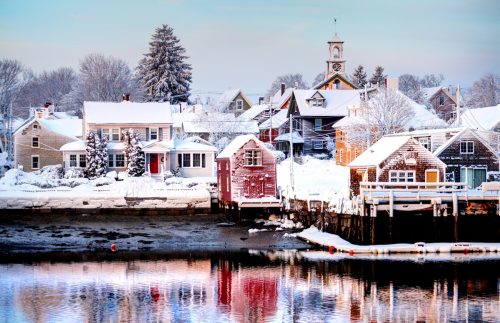
The Northeast is famous for its stunning fall foliage and beautiful winter landscapes, so it’s no surprise that the region is likely to see an early frost.
Northwestern Maine along the Canadian border is usually one of the first places in the nation to see a freeze from Sept. 1 through Sept. 15. Central Maine, New Hampshire, Vermont, and the Catskills and Adirondack regions of New York follow closely behind with an average first frost that falls between Sept. 16 and 30.
Most of mainland Massachusetts, coastal Maine, southern and western New York, Rhode Island, Connecticut, and most of Pennsylvania usually don’t see their first frost until the first two weeks of October. The last places that typically see a freeze between Oct. 16 through Oct. 31 are the coastal areas, starting in Cape Cod and running along through Long Island and most of New Jersey.
RELATED: Here’s Why It’s Raining Every Weekend in the Northeast, According to Science.
Midwest and Great Lakes
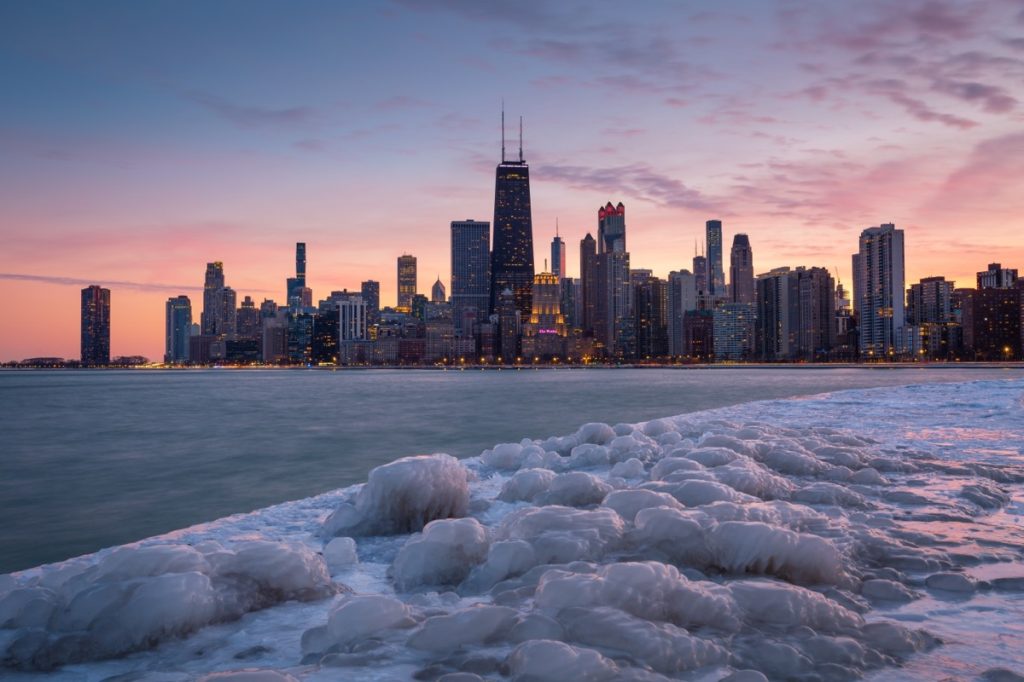
The northernmost reaches of the Midwest are usually the first to see frost, with areas of North Dakota and Minnesota near the Canadian border typically freezing within the first two weeks of September. The second half of the month sees frost form in South Dakota, Minnesota, northern Iowa, Michigan’s Upper Peninsula and southern interior, and most of Nebraska.
Southern Wisconsin, southern Michigan, Ohio, Indiana, Kansas, and Illinois, and most of Missouri might see their first signs of freezing from Oct. 1 through Oct. 15. The region’s last holdouts are typically Ohio’s Lake Erie coastline and the southernmost parts of Missouri, Illinois, Indiana, and Kansas.
RELATED: 8 Tips to Prepare for a Winter Power Outage, According to Experts.
Southeast and Mid-Atlantic
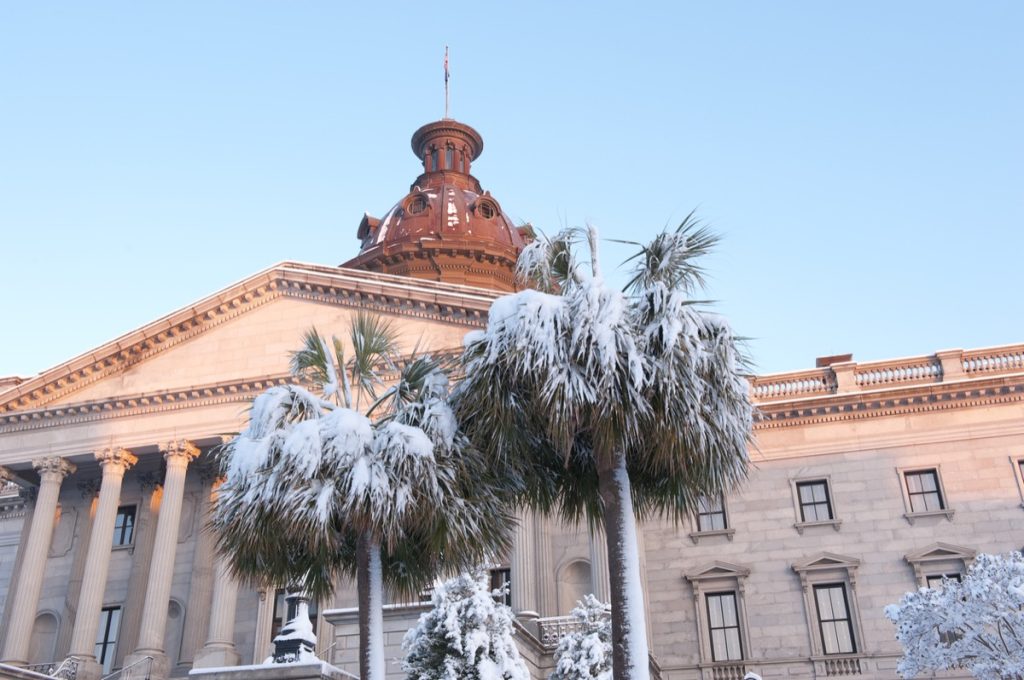
Frost predictions can be notoriously tricky in the Southeast, where warmer temperatures are the norm. The average dates are layered, with the earliest starting during the second half of September for West Virginia.
It’s not until the first half of October that freezing temperatures reach parts of the Mid-Atlantic, including Delaware, Maryland, and most of Virginia; interior North Carolina; most of Tennessee; northern Arkansas; and the northern reaches of South Carolina, Georgia, Mississippi, and Alabama.
The Carolina coastlines, northern Louisiana, southern Arkansas, central Georgia, Alabama, and Mississippi, may not see the first hints of frost until Nov. 1 through Nov. 15. Southern Georgia, the Florida panhandle, and the Louisana, Alabama, and Mississippi Gulf Coast likely won’t see a freeze until the second half of November or later.
Southern Florida sees an even longer timeline, with central parts of the state going as long as Dec. 31 before potentially seeing a freeze, while places like Tampa, Miami, and the Florida Keys see late averages between Jan. 1 and 15, if the area ever sees freezing temperatures at all.
RELATED: Why You Should Never Use Your GPS During a Snowstorm, Officials Warn.
Southwest

Parts of the Southwest may be known for summertime desert temperatures, but the region is also no stranger to freezing weather. The first pocket of frost can hit central Colorado and parts of northern New Mexico and Utah as early as the first half of September before other parts of each state see it trickle in throughout the rest of the month.
The majority of Colorado and middle regions of Arizona, Utah, and New Mexico could see crystals in the first half of October, while most of Oklahoma, the northern and western reaches of Texas, and the southern parts of New Mexico see the first frost after Oct. 15 on average.
Central Texas and parts of the Arizona desert likely won’t see any frost until the first two weeks of November. But southern and coastal Texas and southwestern Arizona have particularly long waits for freezes, with the typical first frost showing up in the first half of December.
RELATED: 10 Ways to Prepare Your Home for a Snowstorm, According to Experts.
Northwest
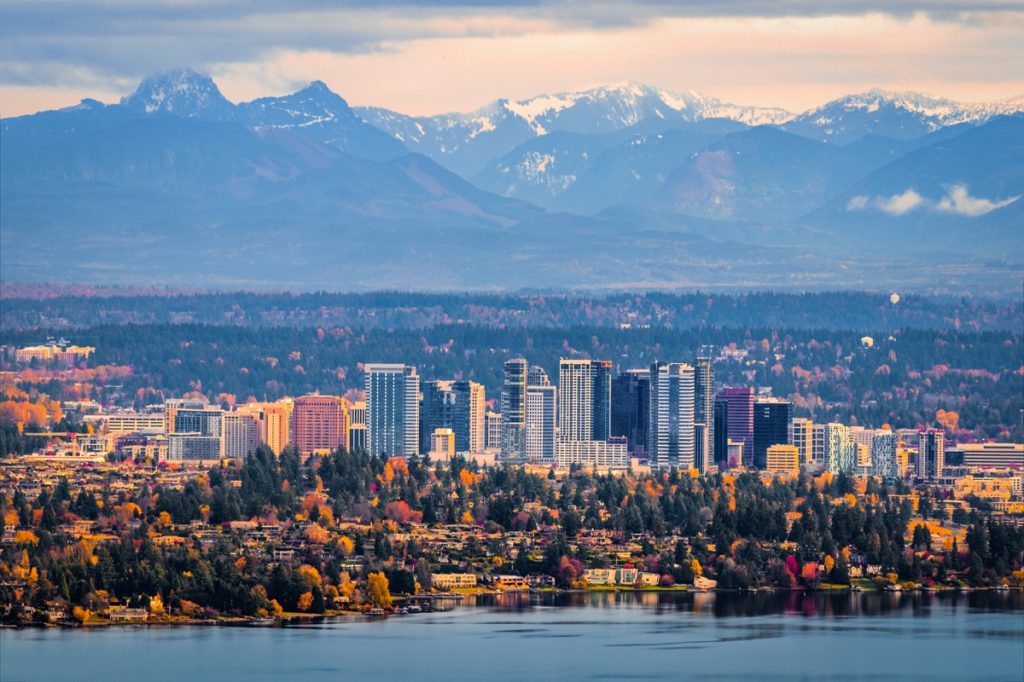
The Northwestern climate may be known for its consistently wet weather, but its initial freezes are relatively spread out. The interior sees the first frost, with most of Montana, parts of southern Idaho, and parts of western Oregon glazing over sometime in the first half of September.
Dates get progressively later heading due west, with the rest of Idaho and the westernmost reaches of Washington and Oregon freezing in the second half of September. The last areas to see frost are coastal Washington in late October and coastal Oregon in the first half of November.
RELATED: What a “Historically Strong” El Niño Could Mean for Your Region This Winter.
West
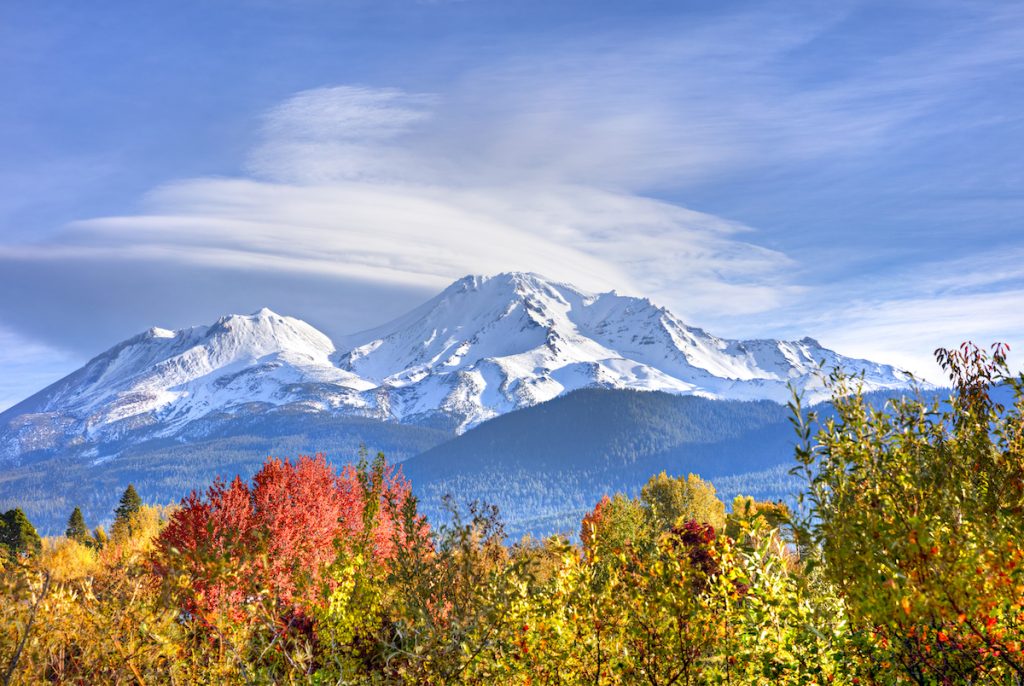
The westernmost states see an exceptionally diverse range of climates within their borders. The northeastern interior of California and the northeast corner of Nevada could see frost as early as the first half of September, while the middle latitudes of Nevada often hold off on freezing from Sept. 16 through Sept. 30.
Areas near California’s coast likely won’t see any hint of frost until as late as the second half of November, while southern regions around Los Angeles, San Diego, and the desert areas along the Arizona border might go as late as the first two weeks of December.
For more weather information delivered straight to your inbox, sign up for our daily newsletter.